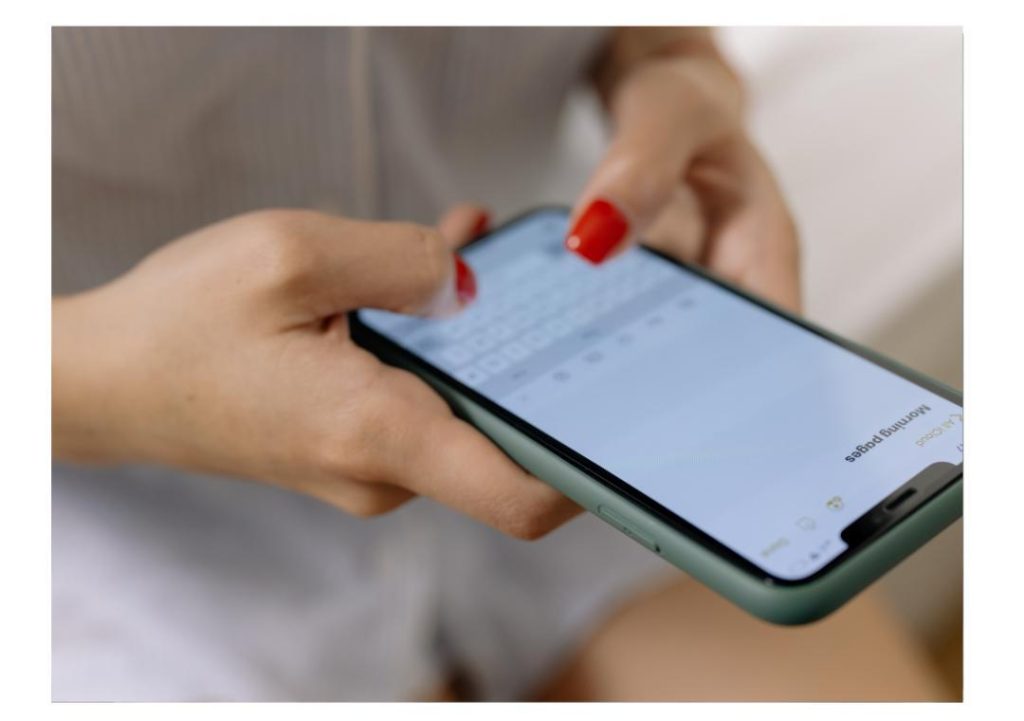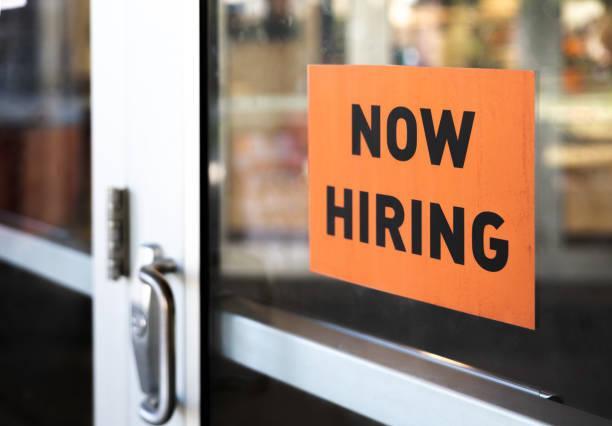
Swipes before Bites? Which is better?
In the fast-paced world of food tech, user experience (UX) is not just about aesthetics; it’s the appetizer before the meal. A well-designed interface can make or break the user’s experience, and in this post, we’ll dive into the debate: swipes before bites? Which is better for your food delivery app?
The Rise of Swipes
In recent years, swiping has become an integral part of our daily lives. From social media to dating apps, swiping has revolutionized the way we interact with digital content. In the food delivery space, swiping has become a popular way to navigate menus, allowing users to quickly browse through options and make a swift decision.
Swiping has several advantages:
- Speed: Swiping allows users to quickly scan through menus, reducing the time spent on searching for the perfect dish.
- Efficiency: By using swiping gestures, users can effortlessly navigate through menus, making it easier to place orders.
- Intuition: Swiping is an intuitive gesture, making it easy for users to understand and use.
The Bite-sized Alternative
However, not everyone is convinced that swiping is the best approach. Some argue that swiping can lead to superficial choices, where users prioritize visuals over substance.
In contrast, bite-sized menus offer a more immersive experience:
- Storytelling: Bite-sized menus can tell a story about the dish, its ingredients, and its cooking process, making users more invested in their choice.
- Context: By providing context about the dish, bite-sized menus can help users make more informed decisions.
- Emotional Connection: Bite-sized menus can evoke emotions, making users more likely to engage with the content.
The Battle for Supremacy
So, which is better: swipes or bites? The answer lies in understanding your target audience and their preferences.
For Casual Users
Swipes might be the better option for casual users who prioritize speed and efficiency. They can quickly navigate through menus, making it easier to place orders.
For Engaged Users
For users who are more invested in their food choices, bite-sized menus might be the way to go. They can take their time to read about the dish, its ingredients, and its cooking process, making more informed decisions.
Designing for Both
The best approach? Designing for both swipes and bites! By offering both options, you can cater to a wider audience, making it easier for users to find what they’re looking for.
Design Considerations
When designing your food delivery app, consider the following:
- Clear Navigation: Ensure that your menu is easy to navigate, whether users prefer swiping or clicking.
- Intuitive Gestures: Use intuitive gestures, such as swiping or clicking, to make it easy for users to navigate through menus.
- High-Quality Visuals: Use high-quality visuals to showcase dishes, making users more likely to engage with the content.
- Clear Information: Provide clear information about dishes, including ingredients, cooking processes, and nutritional information.
- User Feedback: Collect user feedback to understand their preferences and adjust your design accordingly.
Conclusion
In conclusion, the debate between swipes and bites is not about which approach is better, but rather about understanding your target audience and designing an interface that caters to their needs.
By offering both swiping and bite-sized menus, you can create a seamless user experience that appeals to a wider audience. Remember, first impressions matter, and thoughtful design ensures smooth onboarding, quick order placement, and high user retention.
Source:
https://www.growthjockey.com/blogs/social-media-trends-india-global






